
Librado Romero/The New York Times
The New York Botanical Garden’s “Moore in America” exhibition, which opens today with 18 of Henry Moore’s big, beloved bronzes (and two more in fiberglass), is the largest outdoor collection of his work in a single location ever presented in New York, or anywhere else in the country. (Full story here.)
Of course, it's not the first time that this greatest master of 20th Century form has had a large number of his pieces residing for several months in "America" (as people of the Central and Southern zones also name their continents). Indeed, there was a great exhibition in Brazil during 2005 that had a tremendous effect on me. Since the report that I made at that time has somehow become the most popular single VISIONSHARE post, it seems appropriate to re-blog it now.
HENRY MOORE: RE-VISIONARY ARTIST
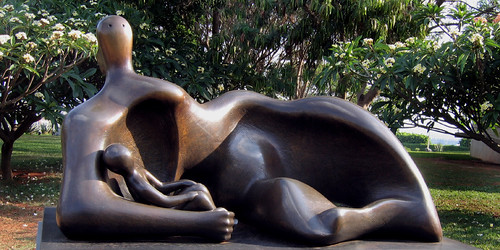
In 2005 I was very fortunate to see the Henry Moore Retrospective Exhibition which traveled from England to Brazil for showings in Rio de Janeiro, São Paulo and Brasília. This was the first time that Moore’s works had been shown in Latin America. I visited the exhibition only briefly in Rio which whetted my appetite. When it arrived in Brasília I was drawn to it as a child is drawn to a candy store. I think that I went to it four times but even that was hardly enough.
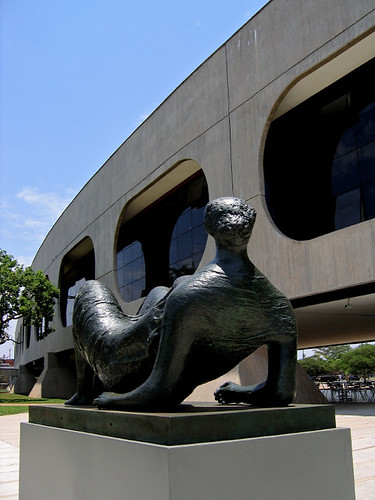
For me Moore was the greatest sculptor of the 20th Century, presenting a totally radical re-vision, a deeper re-cognition between matter and awareness. I'll try to explain why I feel that way.
Immersing my awareness in the works of a great artist like Moore was a powerful experience. Almost immediately, the way that I perceived the world began to change. It’s not easy to express exactly how it changed but my attention shifted. I began to see objects not as isolated entities but as embedded in larger environments – the inside and outside and surroundings of the subject became more apparent and as important as the piece of art.

I understood that the final perceived vision is an interaction, a dynamic and participatory dance of form and space. Moore demolished the hierarchical, elitist and monumental vision of art as somehow above, beyond and separate from the viewer. He re-visioned the sculpture, the viewer and environment as part of a participatory world.
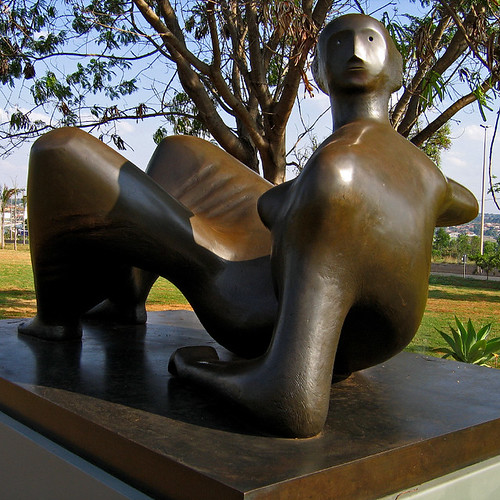
In one of the statements by Moore which was displayed on the exhibit walls he says that he learned that sculpture was not simply a manipulation of the material form but also a shaping of the space around it. He wanted his large pieces to be displayed in nature where they could interact with the surrounding space – as a form, as a window, as a reflection, as occupied and unoccupied space.
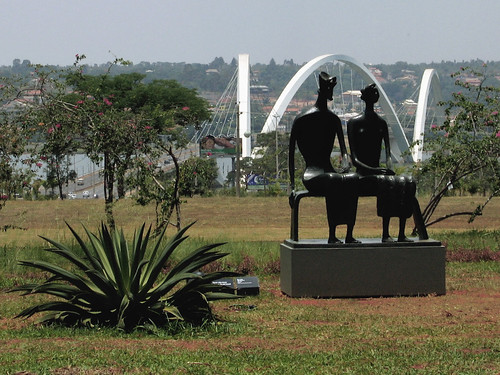
I thought of the profound Buddhist insight that is the opening of the Heart Sutra: Form is Emptiness. Emptiness is none other than Form. Moore’s sculptures are, of course, solid objects but the presentation of the work is a performance, an interaction with the environment and a living testament to the truth of this Buddhist insight about impermanence. Each location, each perspective, each eye presents something new. Form, emptiness and constant change. Somehow, sculpture now seems to me to be more like a conversation than a permanence.
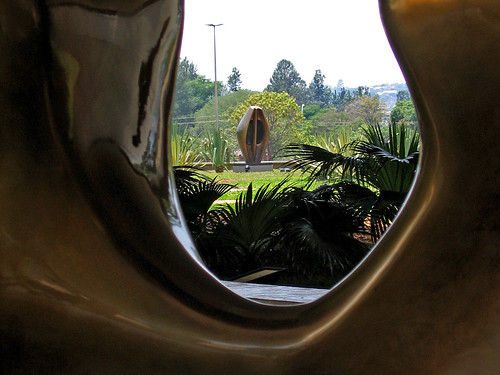
Moore said that he considered art to be his spirituality which I take to mean that the work and the practice of the artist are to discover truth, reveal vision and create beauty.
There is a very poignant moment in the documentary film about his life where Moore recalls the series paintings that he was commissioned to do about the WWII bombing of London. He said that when air raid sirens would start that he would feel a “strange exhilaration.” In the Tubes which served as the bomb shelters he joined the masses of people huddled and stretched out for the night. Moore -- who is arguably the master of the reclining figure -- said, “I had never seen nor imagined so many reclining figures.” Those paintings -- primarily scenes from the bomb shelters -- are hauntingly beautiful portrayals of people nested safely underground.
The theme of being safely held is powerfully presented in his sculptures
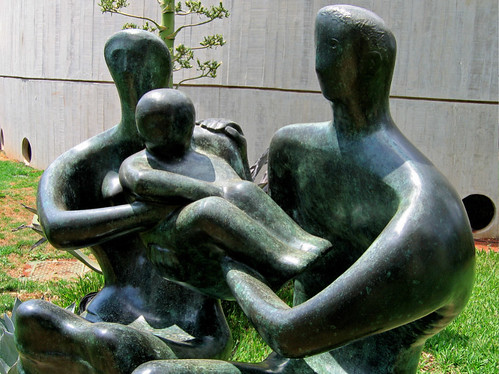
Even with his fallen warrior, the return to the ground, rather than a conquering of it, feels more like a nurturing than a defeat.
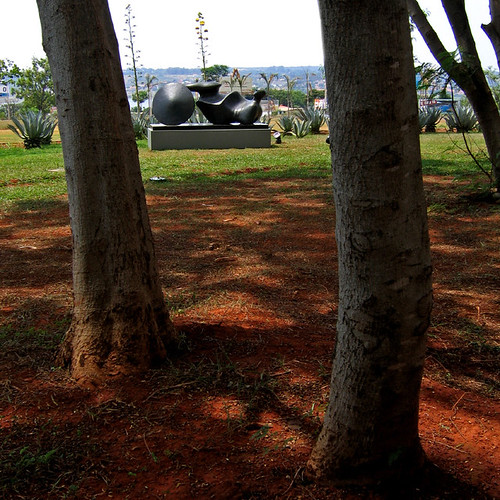
I understand Moore’s work, above all, as a "monumental" return to humility. I don’t mean the stylized humility of manners and social forms. I mean “humility” as in the Greek root word -- humus. Moore took artistic beauty off the high pedestal, reclined it close to the ground or reduced it to the simplest of lines and materials, and in the end established beyond any doubt that the humble form is noble.
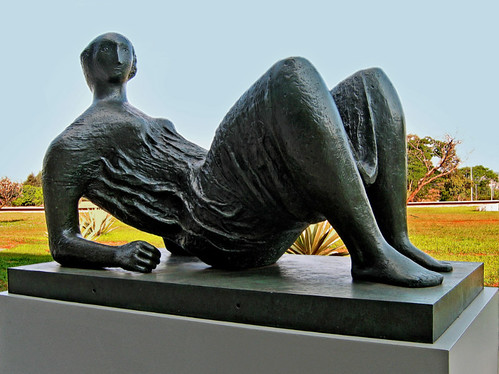
It is the nobility of the Mother, our Mother, Mother Earth. She is the very ground of our existence, the source and foundation of life, the lowliest and most powerful of all beings.
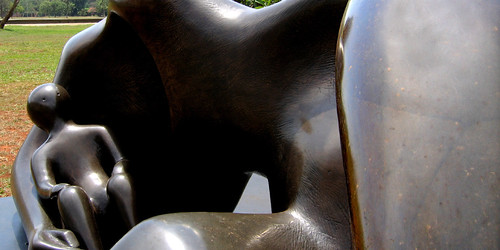
I have chosen to refer to Moore as a "re-visionary artist" because his art brings us back to a deeper vision of our relationship to the ground below us, to our Mother, to the earth. Looking once again at a slideshow of his works, I can only feel grateful... and childlike.
Here's my slideslide from the 2005 exhibition in Brasilia:
Here's is the link for the CURRENT NY TIMES SLIDESHOW
No comments:
Post a Comment